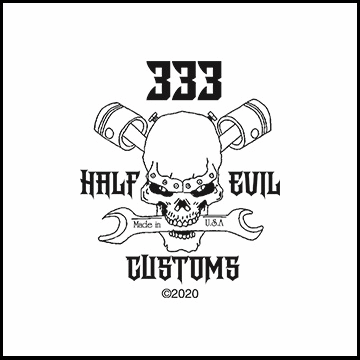|
Welcome,
Guest
|
TOPIC:
Cylinder Hone and ring seating 04 Dec 2014 12:58 #655341
|
|
Please Log in or Create an account to join the conversation. |
Cylinder Hone and ring seating 04 Dec 2014 13:20 #655345
|
|
Please Log in or Create an account to join the conversation. |
Cylinder Hone and ring seating 05 Dec 2014 06:06 #655403
|
|
Please Log in or Create an account to join the conversation. |
Cylinder Hone and ring seating 05 Dec 2014 13:14 #655422
|
|
Please Log in or Create an account to join the conversation. |
Cylinder Hone and ring seating 05 Dec 2014 13:53 #655428
|
|
Please Log in or Create an account to join the conversation. |
Cylinder Hone and ring seating 05 Dec 2014 14:15 #655431
|
|
Please Log in or Create an account to join the conversation. |
Cylinder Hone and ring seating 05 Dec 2014 17:33 #655443
|
|
Please Log in or Create an account to join the conversation. |
Cylinder Hone and ring seating 05 Dec 2014 17:50 #655444
|
|
Please Log in or Create an account to join the conversation. |
Cylinder Hone and ring seating 05 Dec 2014 19:39 #655454
|
|
Please Log in or Create an account to join the conversation. |
Cylinder Hone and ring seating 05 Dec 2014 20:32 #655460
|
|
Please Log in or Create an account to join the conversation. |
Cylinder Hone and ring seating 05 Dec 2014 21:11 #655463
|
|
Please Log in or Create an account to join the conversation. |
Cylinder Hone and ring seating 05 Dec 2014 21:20 #655464
|
|
Please Log in or Create an account to join the conversation. |



